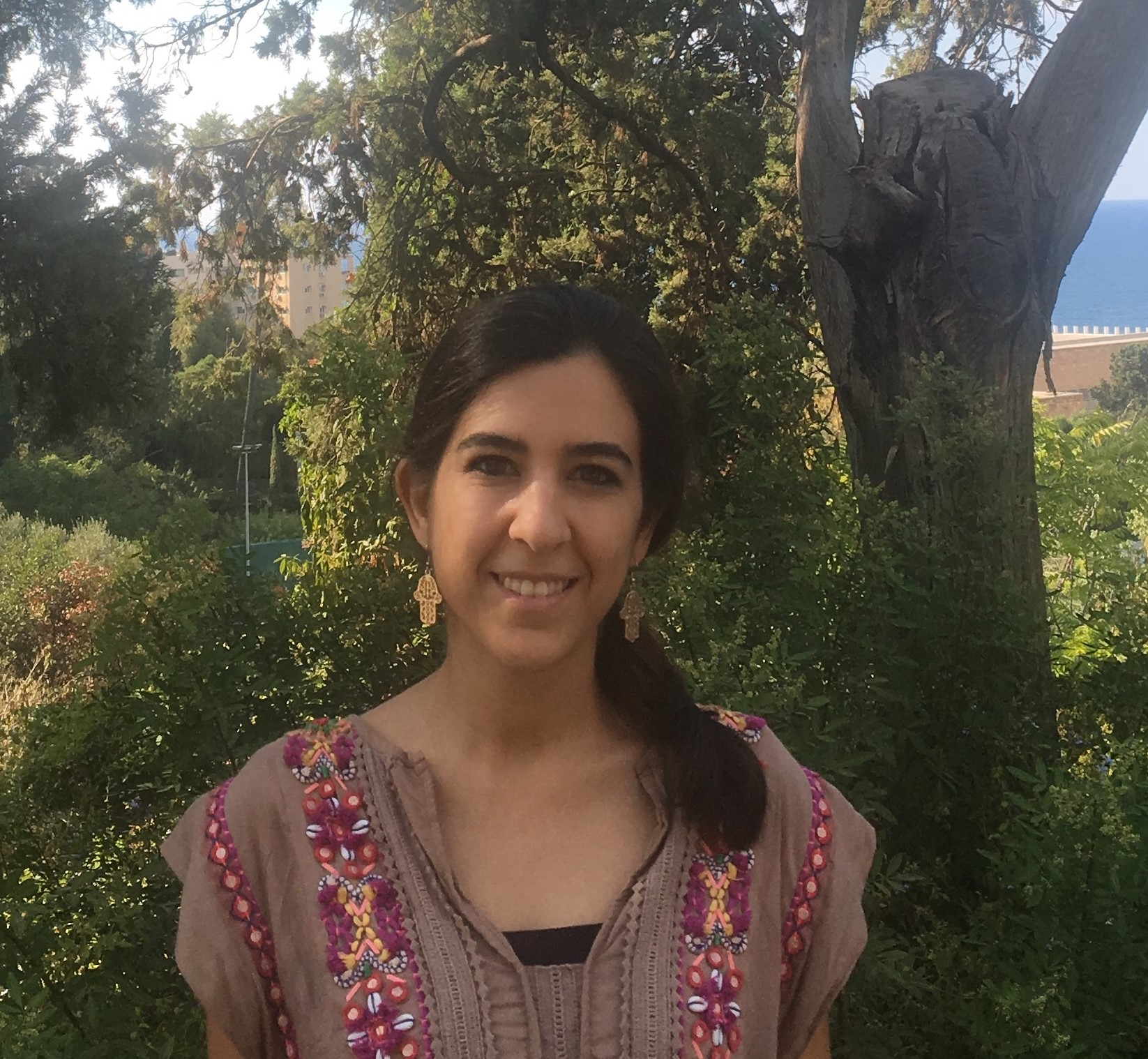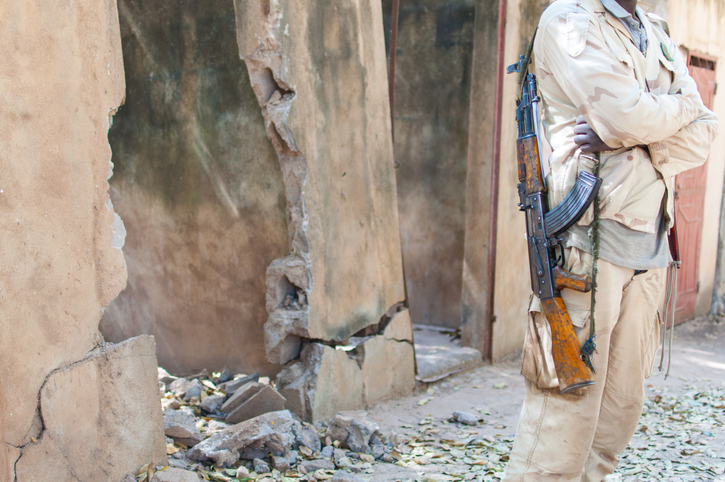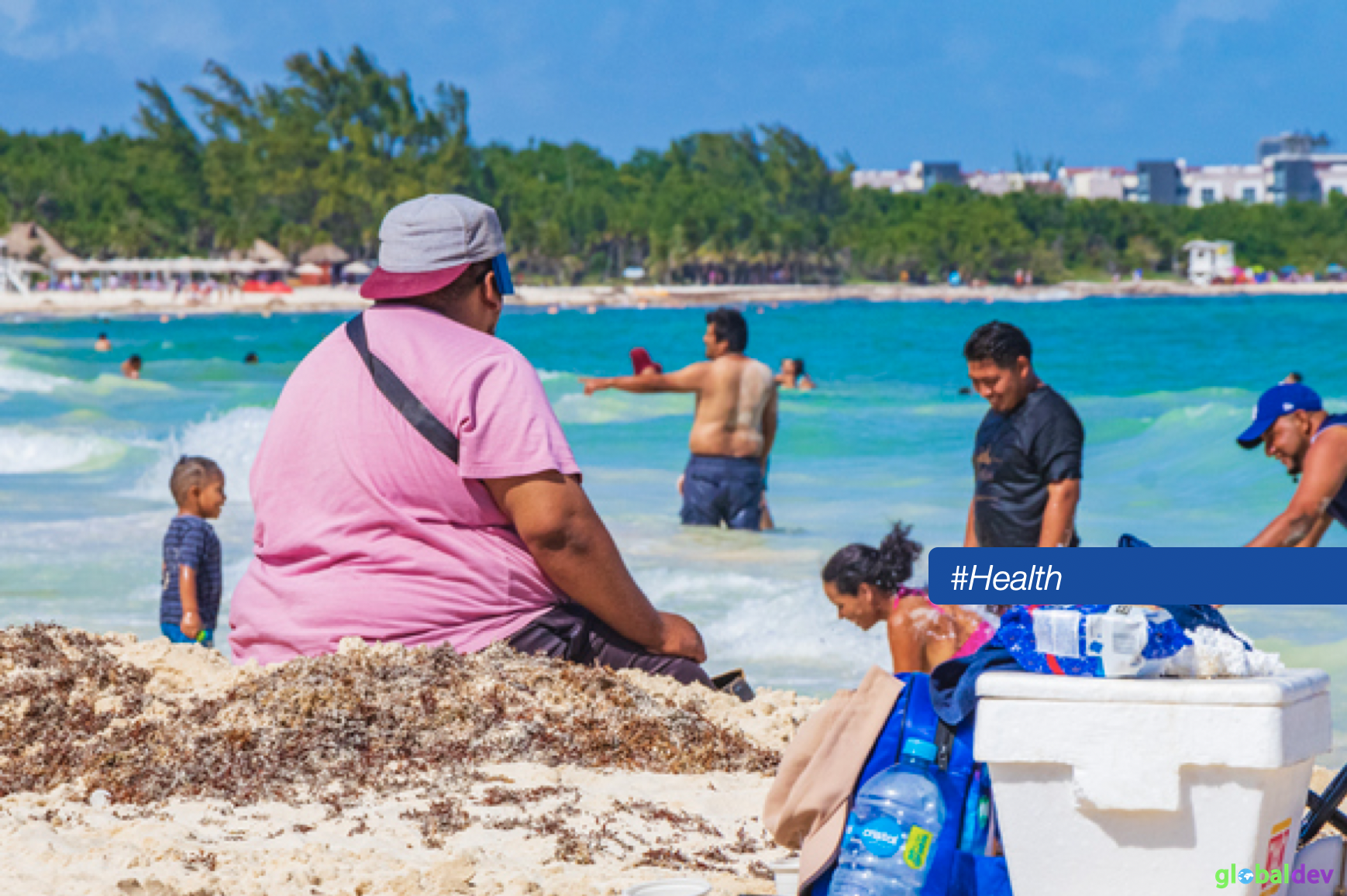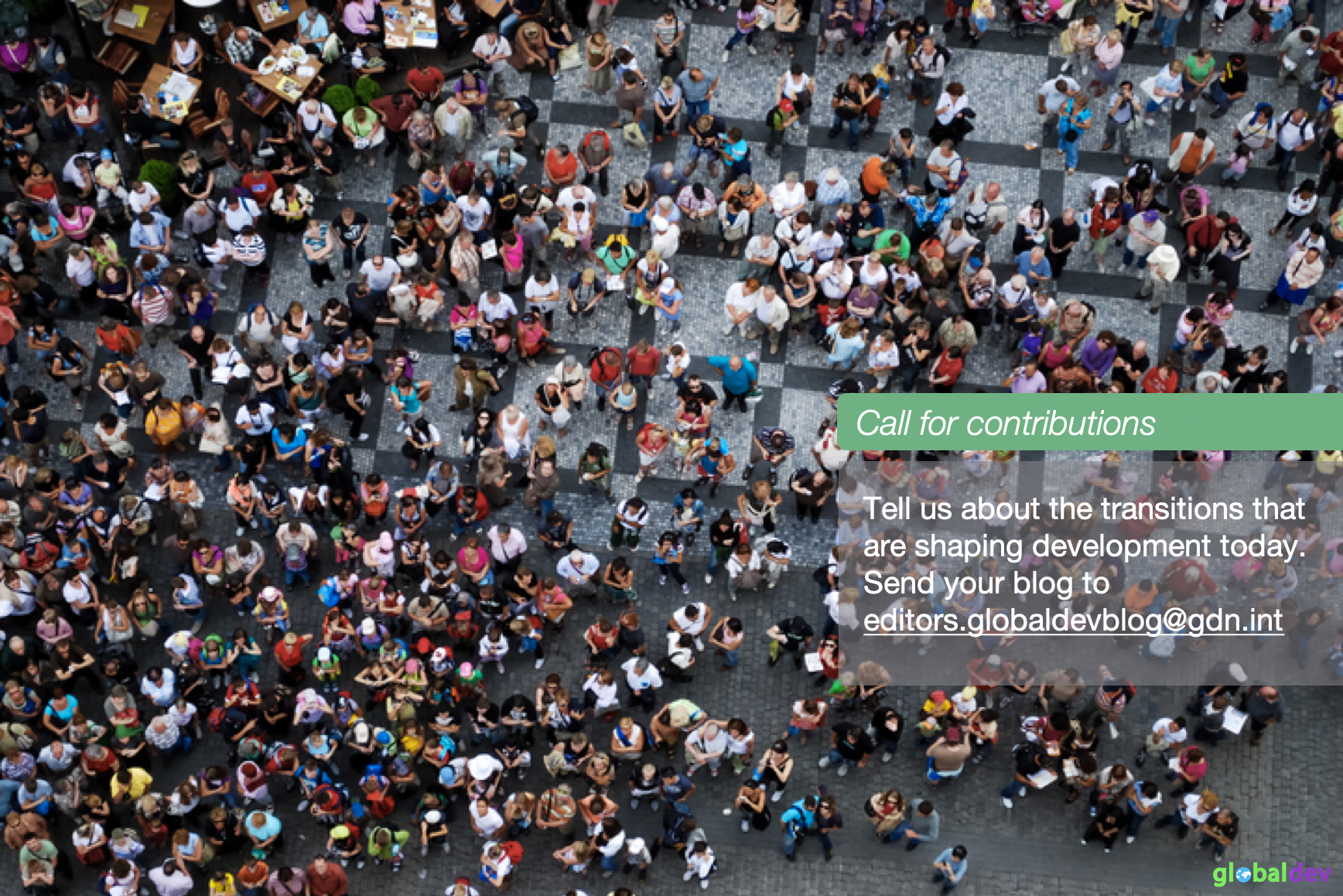Development indicators, including GDP, suggest that Palestine was advancing along the correct development trajectory before the current war in Gaza. The daily reality of its people has told a very different story, however. This blog discusses what existing indicators say about Palestine, and why we must re-evaluate them for a more accurate, rounded picture of development.
“I lost the center again. I lost everything again, and I am not sure how many times I can start over. I feel very helpless,” told Alaa Abu Mudallah, a resident of Gaza after she lost her training center, Khotwa, twice. It was first hit in the May 2021 Gaza escalation and again following the destruction on October 7th, 2023.
Alaa’s story reflects the precarious and elusive nature of development in Palestine. A UN Development Programme (UNDP) and United Nations Economic and Social Commission for Western Asia (ESCWA) joint study from April 2024 revealed significant economic setbacks of the war for Gaza, and Palestine more broadly. It projects a GDP loss of 29 percent for 2024 relative to pre-war estimates, and a reversal of human development advancements by more than 20 years.
By labeling the situation as merely a “setback” and by discussing “recovery”, the report suggests that prior development efforts were on a successful trajectory.
Nonetheless, the UNDP’s Palestinian Human Development Reports have highlighted the limited potential for development in the Occupied Palestinian Territories, because more than five decades of Israeli occupation have denied Palestinians their right to freely determine their own choices in political, economic, and cultural matters, or self-determination.
Furthermore, Palestinian scholars have criticized development approaches that focus on quantitative measures and data-driven processes that overlook the context of occupation and conflict. Such approaches reduce development to mere indicators—numerical measures, such as GDP or average life expectancy, that point to a country’s ‘performance’. But these statistics overshadow development’s potential role in advancing rights, freedoms, and self-determination.
As the situation in Gaza deteriorates catastrophically due to Israel’s assault, and insecurities escalate across all of Palestine, including the West Bank, we must consider which tools and measures could capture the realities that Palestinians face under Israeli occupation more effectively. The war increases the urgency of re-evaluating development approaches and critically assessing how they have been measured—or mismeasured.
Development as freedom?
In his seminal book Development as Freedom, the economist Amartya Sen defined development as “the removal of various types of unfreedoms that leave people with little choice and little opportunity of exercising their reasoned agency.” He challenged economic growth – measured by GDP – as the main measure of progress and development.
Sen’s ideas significantly influenced the United Nations’ development strategy, inspiring the UNDP to introduce the Human Development Index (HDI) in the 1990s. The HDI emphasizes that people and their capabilities should be the ultimate criteria for assessing a country’s development, not economic growth alone.
In its first Human Development Report, UNDP argued that HDI captures aspects of human freedoms since the enhancement of people’s “ability to manage their affairs” is the essence of human freedom.
Nonetheless, Palestinian scholars have criticized the quantification of development, arguing that it marginalizes freedom, equality, and justice. Indicators like GDP and HDI tend to overlook restrictions on freedoms and fail to fully capture the profound impacts of limited sovereignty in Palestine.
Measuring or mismeasuring development?
The lack of sovereignty has forced Palestinians to navigate restrictive Israeli measures that hamper its economy and has made its GDP the lowest in the region since 1994.
However, what GDP fails to illustrate clearly is the extent of the economic damage caused by the occupation. A 2022 study by UN Trade & Development (UNCTAD) has estimated that the Israeli occupation cost Palestine $50 billion across 2000–2020 which is over 2.5 times the Palestinian GDP in 2020.
Recognizing the potential distortion of Palestinians’ realities by conventional economic indicators, Palestinian economists recommend adjusting indicators to account for the occupation-related constraints. They suggest revising the method for calculating GDP by subtracting occupation-induced expenses instead of adding them. This includes costs associated with mobility restrictions—such as those related to checkpoints, additional fuel, and transportation services—which have significantly limited Palestinians’ economic and social development.
On the other hand, UNDP recognized the State of Palestine as a high human development country from 2018 to 2022, with its Human Development Index ranked 111 out of 193 in the most recent ranking. However, studies like that by Asi, a health and development scholar, highlight that while this ranking reflects improvements in life expectancy and education driven by donor support, it fails to capture the significant challenges stemming from Palestinians’ lack of sovereignty in economic, educational, and health sectors. These challenges include a high dependency on donors and Israel and persistent insecurities in these domains.
A study by the Rosa Luxemburg Foundation found that the education community and Palestinian educational NGOs were generally critical of the Ministry of Education’s reliance on foreign aid, which rendered the Palestinian economy and civil life vulnerable to the influence of regional political agendas. It also noted that while quantitative improvements in education were achieved, they did not necessarily translate into enhanced freedoms. Instead, they reflected a system that was overly dependent on foreign aid and susceptible to external intervention.
In fact, the state of Palestine scored a 10 in 2022 on the External Intervention indicator of the Fragile States Index, reflecting the highest possible level of vulnerability or concern in terms of foreign political, economic and military interference and lack of sovereignty.
Further, development indicators have failed to fully capture the occupation’s impact on women in Palestine. The Gender Development Index (GDI) for Palestine suggests relatively high gender equality in human development, indicating that women only achieve 12% less in human development compared to men.
However, GDI is largely limited to quantitative disparities between men and women in terms of health, knowledge, and living standards. It overlooks how geographic, physical, and social barriers, such as Israel’s checkpoints, restrict women’s socio-economic mobility. As a result, Palestinian women have one of the lowest rates of employment in the world, standing at 17.2%. Furthermore, the blockade in Gaza exacerbates women’s challenges. Limited access to services, such as healthcare, increases women’s care responsibilities and makes them more vulnerable to gender-based violence.
Development indicators as tools for change and freedoms
When development becomes overly fixated on technocratic processes and indicators, it risks blinding itself to essential dynamics, failing to grasp and confront the full scale of insecurities affecting people, particularly those lacking sovereignty, experiencing protracted conflicts, or existing outside the modern nation-state framework.
Anthropologist Sally Merry, in her article “Measuring the World,” describes indicators as “a political technology” that can be used for many different purposes, including advocacy, reform, control, and management. Building on this, Eve Darian-Smith, another anthropologist, emphasizes the crucial role of quantifiable measures in providing “leverage for social, political, and economic change” in her article “Mismeasuring Humanity.”
Therefore, to help Palestinians secure their rights, and for development to enhance freedoms, a fundamental re-evaluation of how we measure development is imperative. This re-evaluation should focus on creating metrics that provide people with the tools necessary to depict reality accurately, understand their relationship with it, reimagine it, and reshape their circumstances, thereby driving essential change.
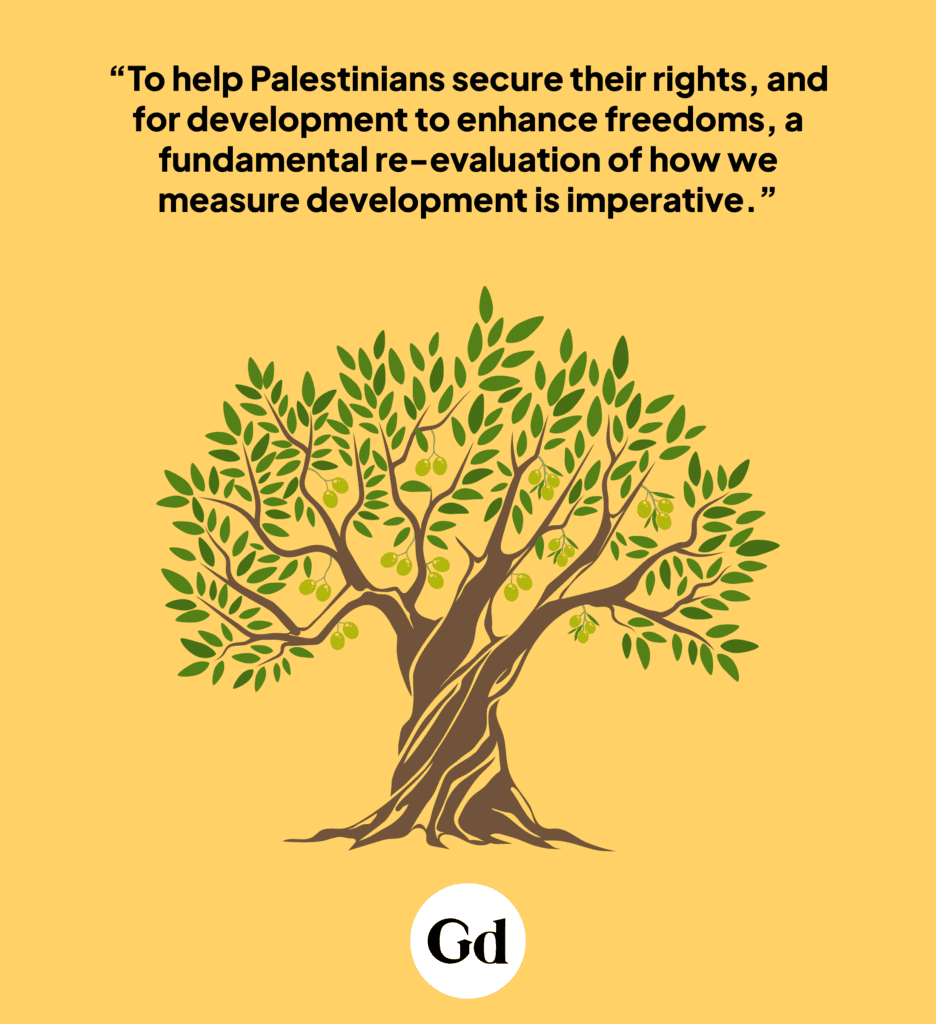
This article has been published in partnership with the 2024 Oxford Forum for International Development on a special series on Conflict and Development.
